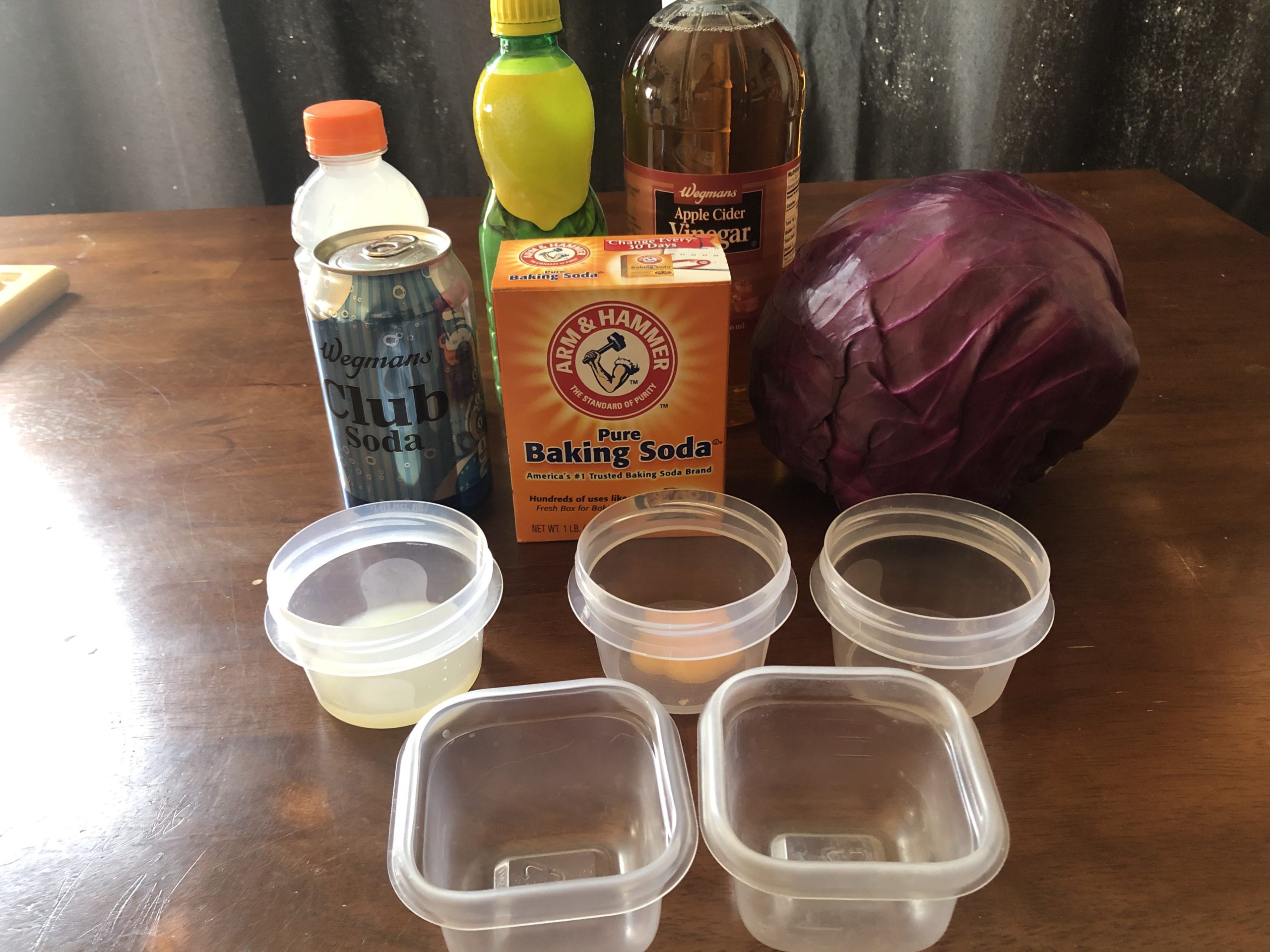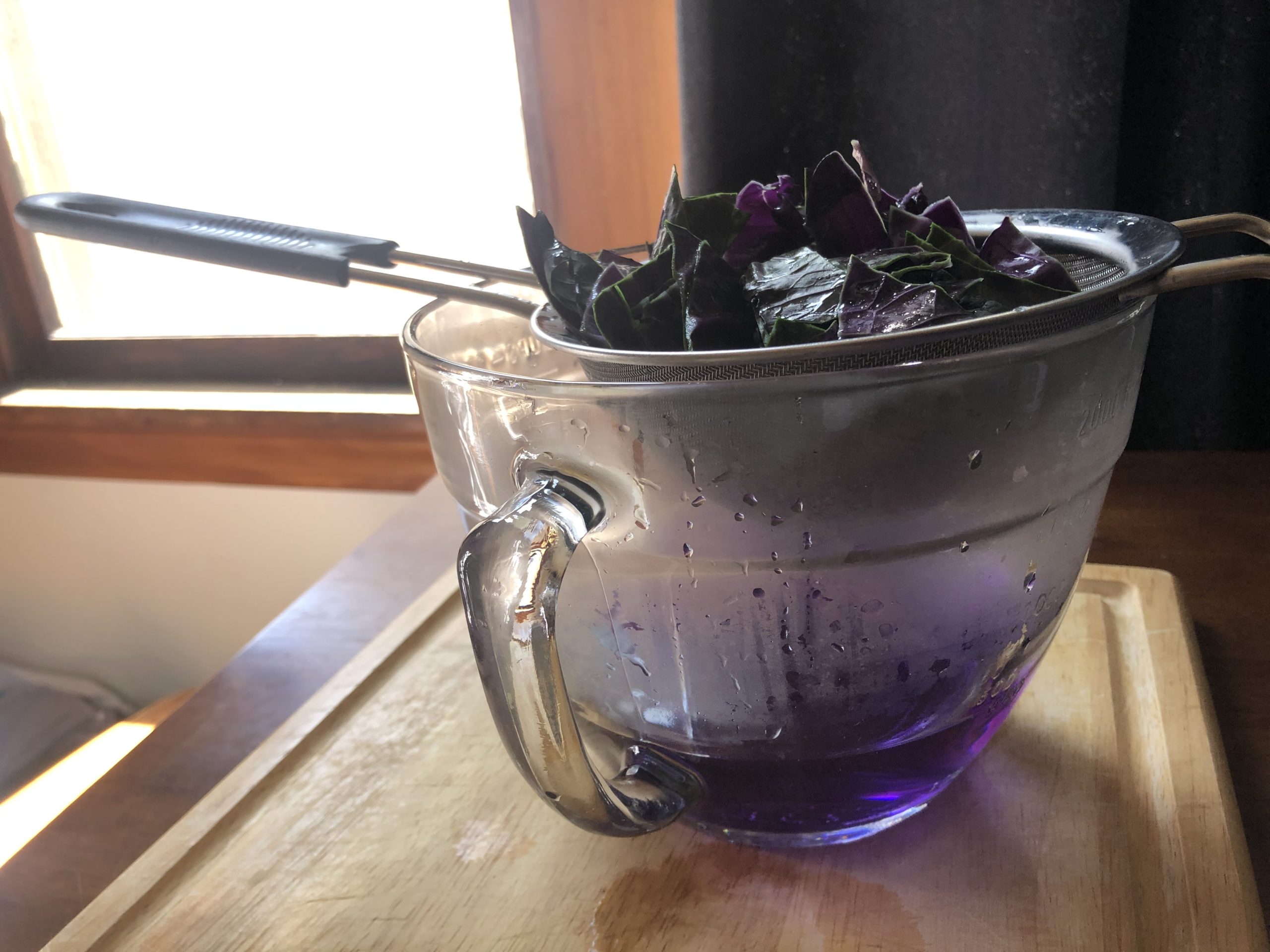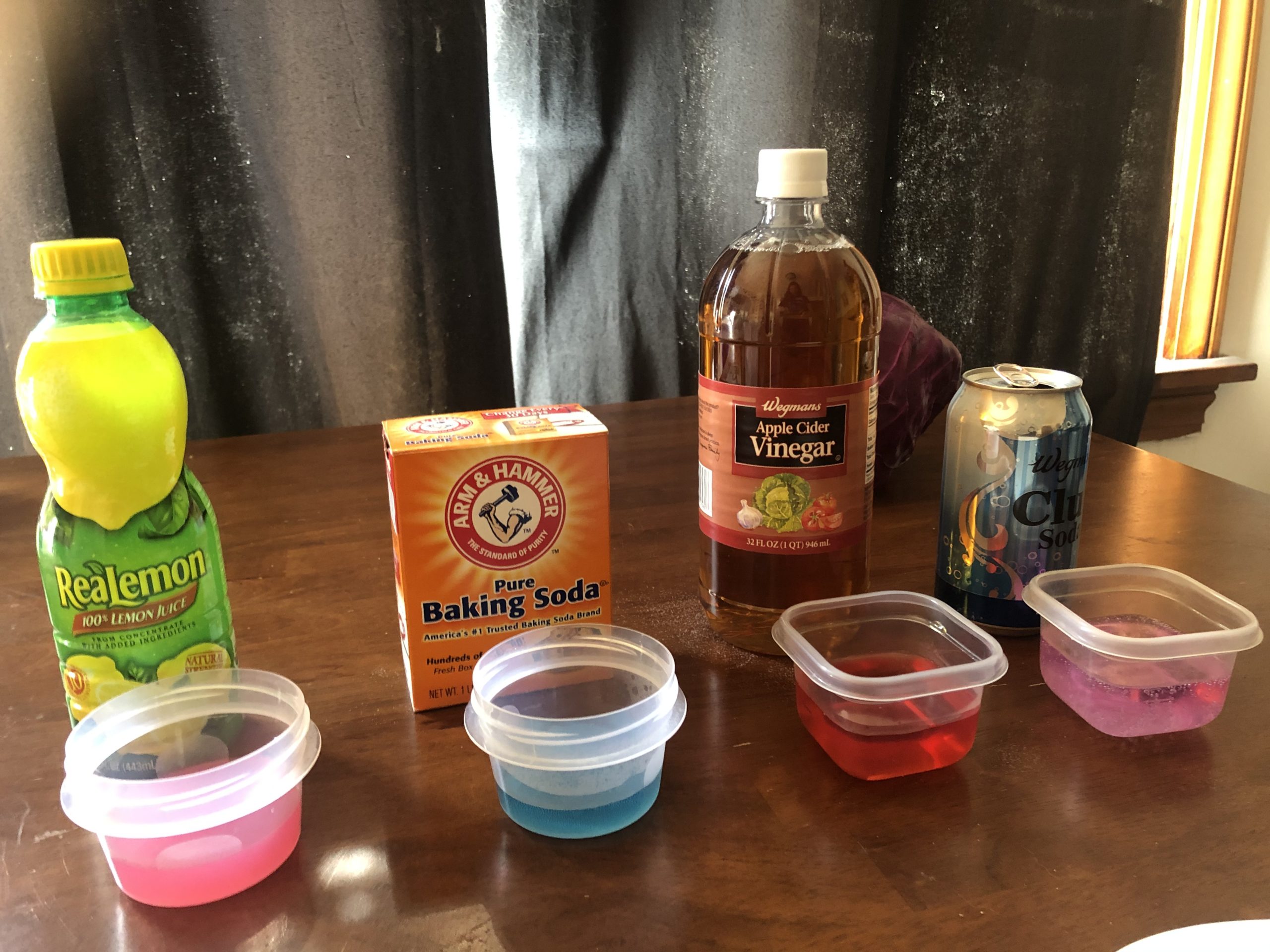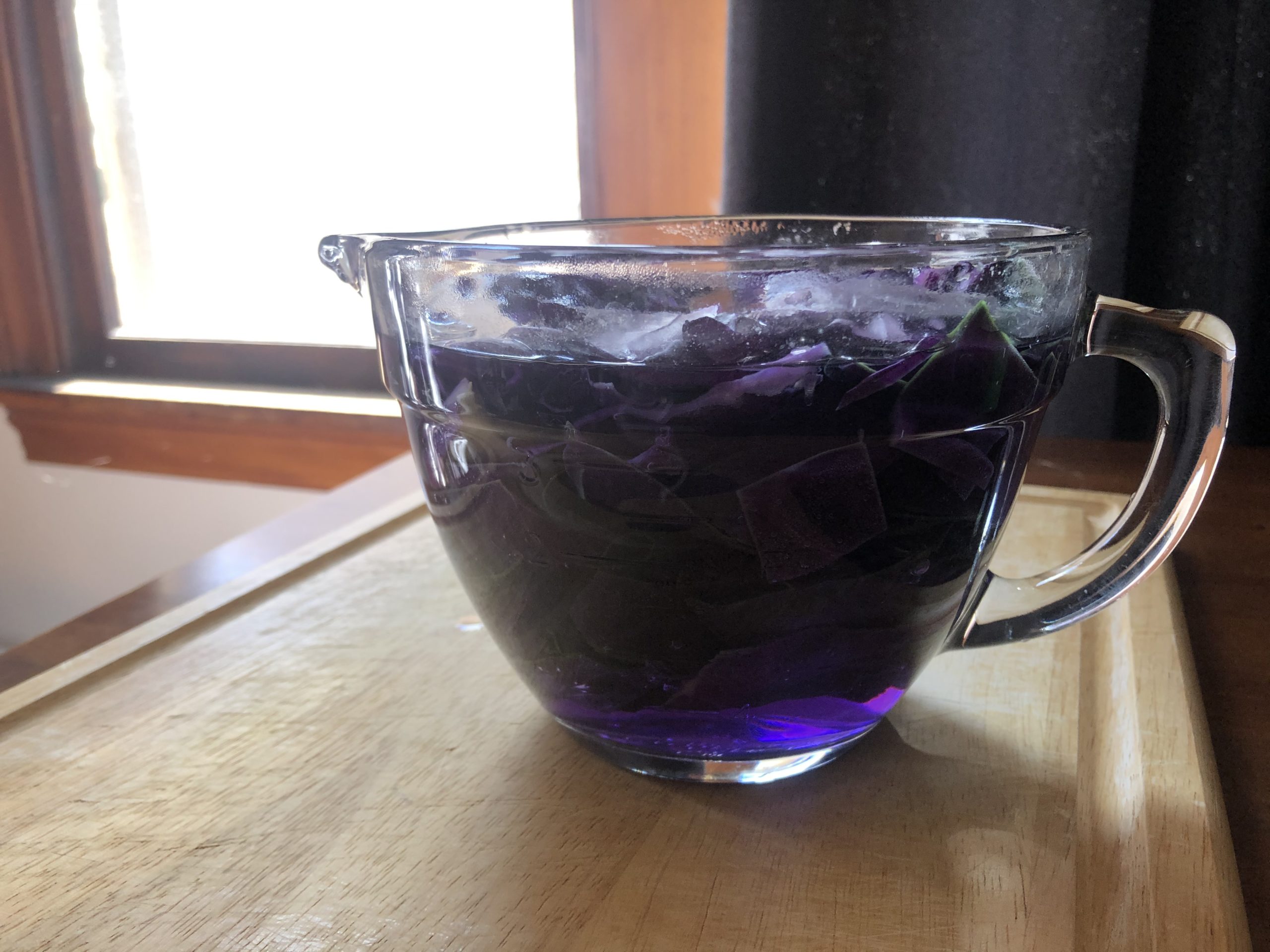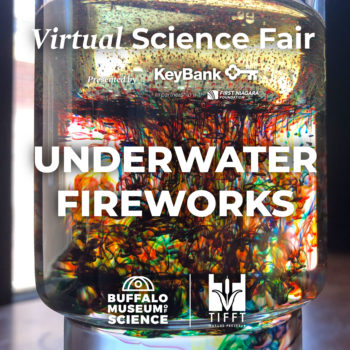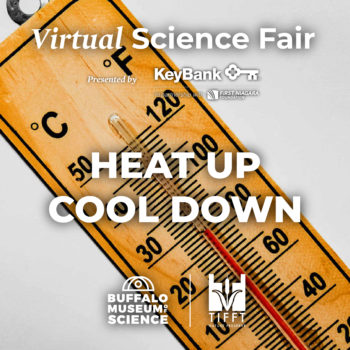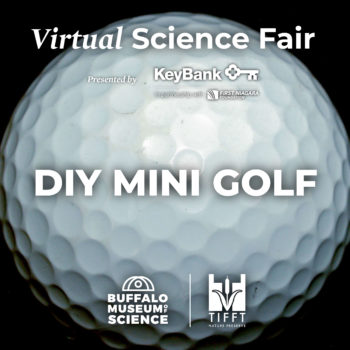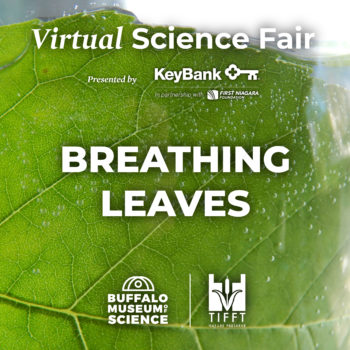Cabbage Chemistry
Have science fun as a family! Complete activities with parental supervision.
Materials:
- Red cabbage—only a few leaves are needed
- Hot water
- Two heat-safe bowls
- Strainer
- Light-colored household substances (vinegar, baking soda, and lemon juice work well!) Do not use chemicals or cleaning agents!
- Small cups (one per substance)
Procedure
- Prepare the cabbage juice indicator. Take a few outer leaves of the cabbage and rip it up into smaller pieces and place it into a larger heat resistant bowl.
- Heat some water to steaming and add it to the cabbage, making sure to cover the cabbage leaves. Allow this to steep for about 30 mins. You’ll notice it turn a bluish purple!
- Using a strainer, separate the leaves and reserve the purple liquid.
- It’s time to start testing! Place a small amount the different household substances into the small cups—one substance per cup.
- Add some of the cabbage juice to each up. What do you notice?
- What items turned red? What items turned blue? Did any stay the same?
- Be sure to take a picture or video to share in the Facebook comments on the Buffalo Museum of Science or Tifft Nature Preserve pages!
What’s it all about?
Substances are classified as either acidic, basic, or neutral. This all has to do with how they rank on what’s known as a pH scale. On a scale of 1-14, acids have a low
pH (1-6), bases are high (8-14), and neutral materials have a pH of 7.
Cabbage juice is made up of a pigment called anthocyanin. This pigment is a pH indicator—when it’s mixed with a substance, it changes color based on that substance’s pH. When something is acidic, the cabbage juice turns bright pink. When it is basic, it turns blue or green.
Try It!
On your table, sort the substances based on what color they turned (pink/red on one side and blue/green on the other). Then, look at the groups you created. What characteristics do all of the acids (pink) have in common? What difference do they have? Do the same for the bases (blue/green).
